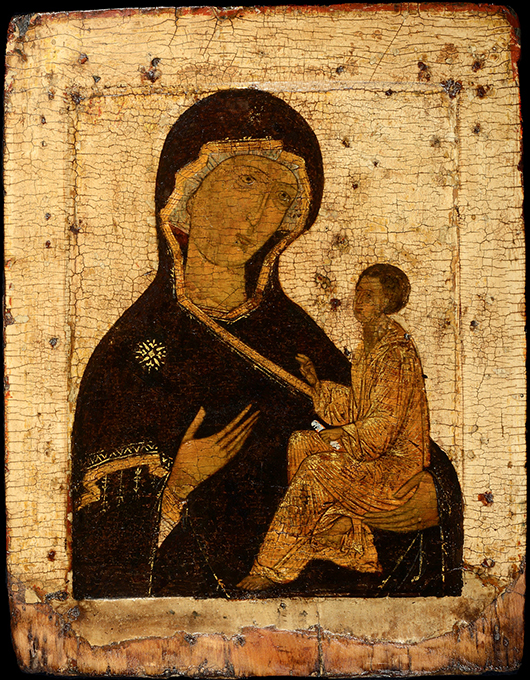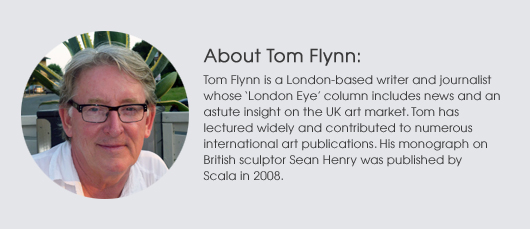
So much for commerce, but rather more surprising is how the Frieze brand continues to bewitch the general public given the fairs’ staggeringly high entrance fees. The apparent willingness of the average punter to fork out the £50 fee to get access to both Frieze tents is surely evidence that the new “event-driven” art market is as much about entertainment and fantasy window-shopping as it is about the big-ticket art investments that only privileged HNWIs can afford. That said, the fact that in a single month London can absorb both the Frieze fairs plus the prestigious PAD (the Pavilion of Art and Design) in Berkeley Square, which hosted a further 50 high-end dealers, testifies to just how much wealth is now concentrated in the capital.
Not everyone sees the rise of Frieze as a positive development, however. British artist John Keane, the UK’s official Gulf War artist in 1994, complained that Frieze’s exclusivity hinders other artists’ opportunities. “While Frieze is going on it is hard for anyone else to be seen,” he told The Guardian newspaper. “All the newspapers cover the same shows and you tend to see the same artists’ names coming up at the Tate, Hayward and Whitechapel galleries.”
London Eye might take issue with that assessment, however. We patrolled the smaller “off-piste” London art galleries during Frieze week and found lots of shows brimming with activity and enthusiasm. The Josh Lilley Gallery in Riding House Street shows work by a carefully selected group of artists of a very high caliber. When we visited the gallery’s recent exhibition of work by Italian-born, Berlin-based artist Benedetto Pietromarchi there was an exciting buzz in the air 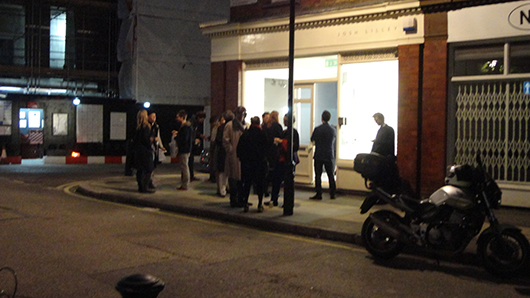

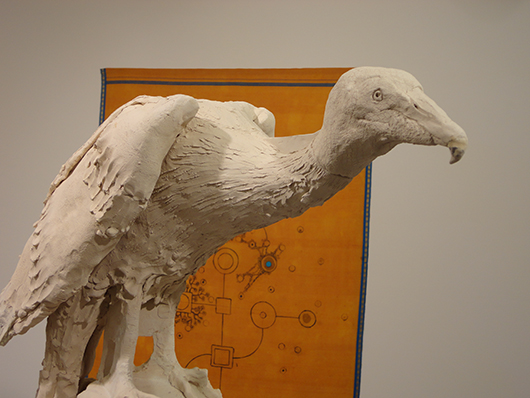
Directly opposite the Josh Lilley Gallery, the T.J. Boulting Gallery was showing an astonishing installation of life-size sculptures of cattle modeled in clay by British artist Stephanie Quayle. 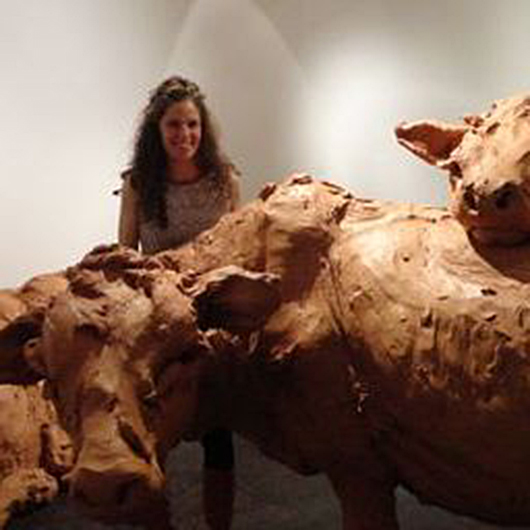

After seeing these thrilling, handmade shows in the funky heartland of Fitzrovia it was hard not to look with something of a jaundiced eye on “Candy,” a joint exhibition of work by Damien Hirst and Felix Gonzalez-Torres over at the Blain Southern Gallery just round the corner from Sotheby’s main saleroom. 
The brains behind the Blain Southern “Candy” show—London dealers Harry Blain and Graham Southern—were once the founding proprietors of the Haunch of Venison contemporary art gallery just up the road in New Bond Street. That gallery grew out of a marriage of Blains and the celebrated Anthony d’Offay Gallery and became so successful that it was eventually acquired by Christie’s auction house, who saw it as an opportunity to grow their private treaty interests. The most recent example of the morphing of Christie’s into dealers also came during Frieze month when they launched their new Christie’s Mayfair private treaty business at what was originally the Haunch of Venison premises at 103 New Bond Street. ( 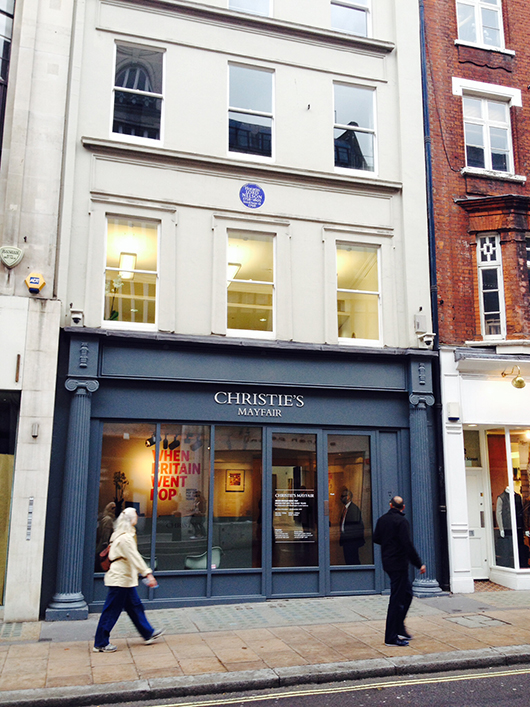
The inaugural exhibition—“When Britain Went Pop!”—was a collaboration between Christie’s and leading London dealers Waddington Custot Galleries. Waddington Gallery founder Leslie Waddington had been a pivotal figure in the promotion of Pop Art in Britain in the 1950s and 1960s and this exhibition grew out of his friendship and association with Christie’s director Hugues Joffre. Arguably one of the most comprehensive surveys of a movement which, despite many misconceptions, was actually born in Britain rather than in America, the show included numerous seminal works by David Hockney, Richard Hamilton, Eduardo Paolozzi, Peter Blake and many of their contemporaries.
Apart from the marvelous catalog, the most notable thing about the “When Britain Went Pop!” exhibition was the sheer number of works accumulated over the years by the dealers involved. We asked where the works came from and were told that many of the canvases and sculptures originate from Waddington Custot’s inventory and have not been seen in public for decades. A major downside, however, was the lack of precise information and the overcrowded hang. 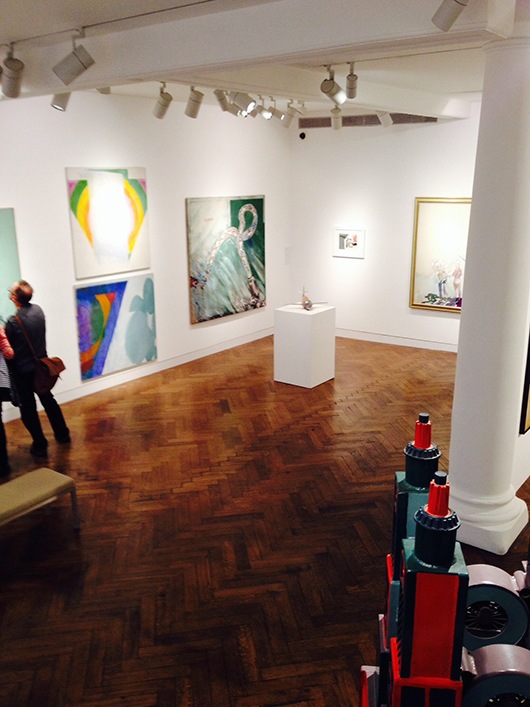
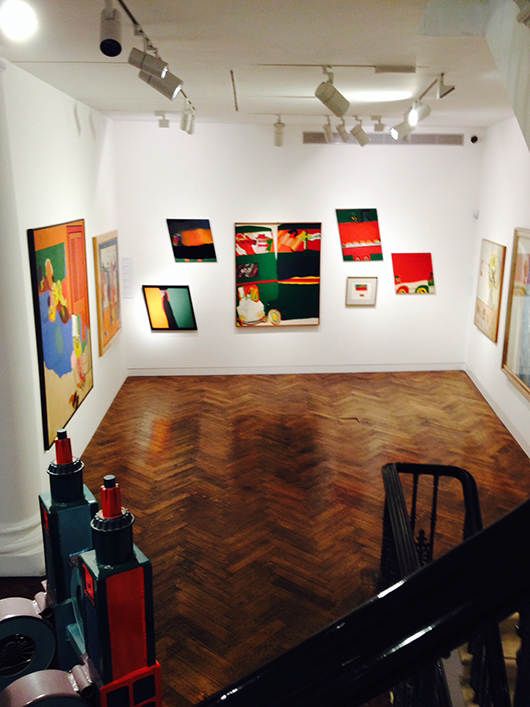
If the dominance of art fairs and the transfiguration of auctioneers into dealers were not enough to make a case for a changing art world landscape, we could add the ever more prominent role of the emerging economies in the London scene. Barely a month passes without another show popping up to cater for the thousands of Chinese, Brazilian, Middle Eastern or Russian collectors either just visiting London or already domicile in the city. Increasingly many of the city’s major real estate projects are being bought up by overseas investors seeking a bricks-and-mortar foothold in one of the world’s leading centers of unbridled wealth generation. And they need works of art to hang in these homes and offices.
There are now estimated to be around 500,000 Russians living in London, a statistic that doubtless has not gone unnoticed by the Willow Gallery in Duke Street. They have teamed up with Amsterdam-based icon dealers Jan Morsink Ikonen to launch an exhibition of Russian icons to coincide with Russian art week in London, Nov. 23-29. This highly specialist field ought to chime with London’s wealthy Russian community since the Russian art market, like the Chinese art market, is driven by a combination of new money and a desire to regain their nation’s dispersed cultural heritage. The Willow Gallery exhibition includes some wonderful hieratic imagery such as the Christ Enthroned as a High Priest 
